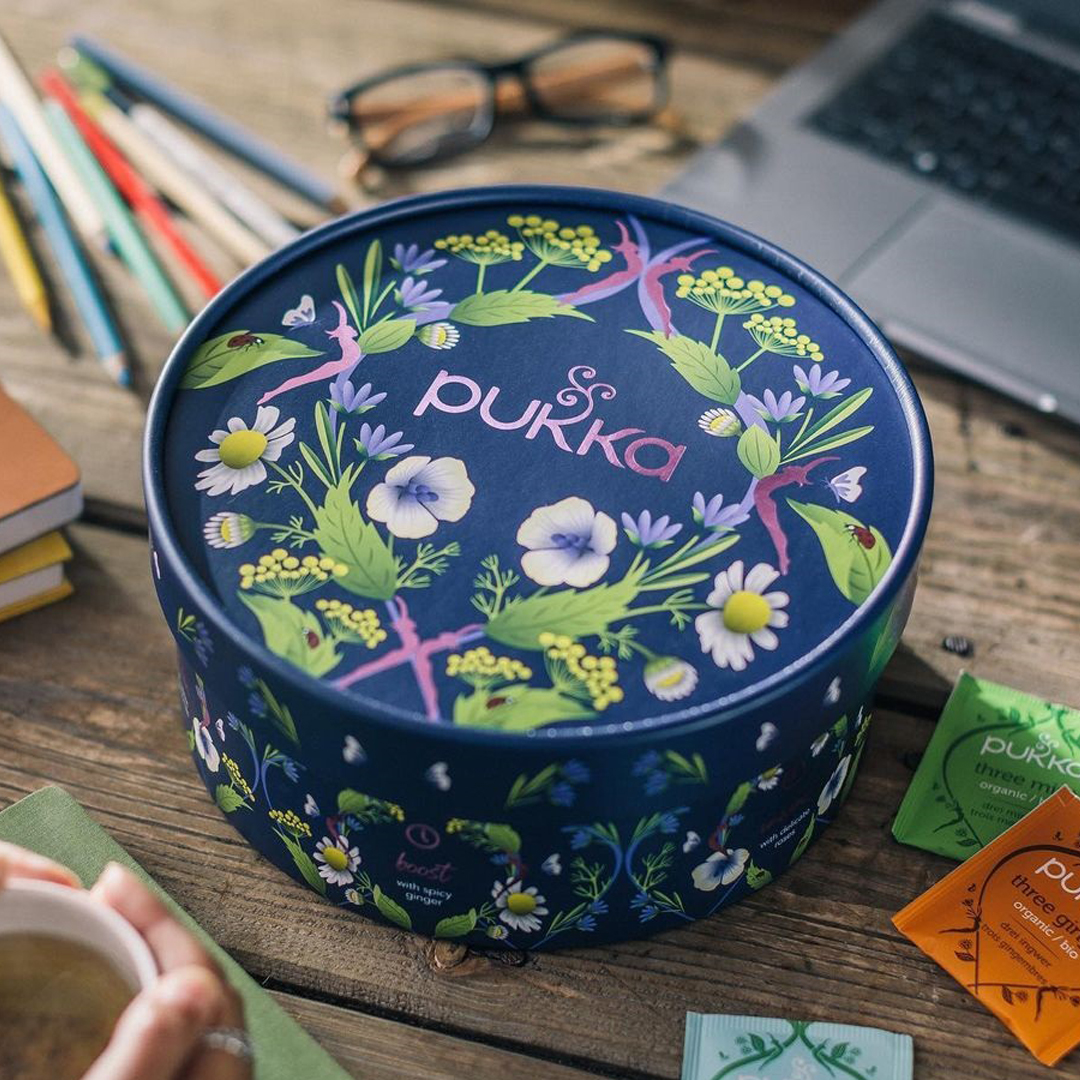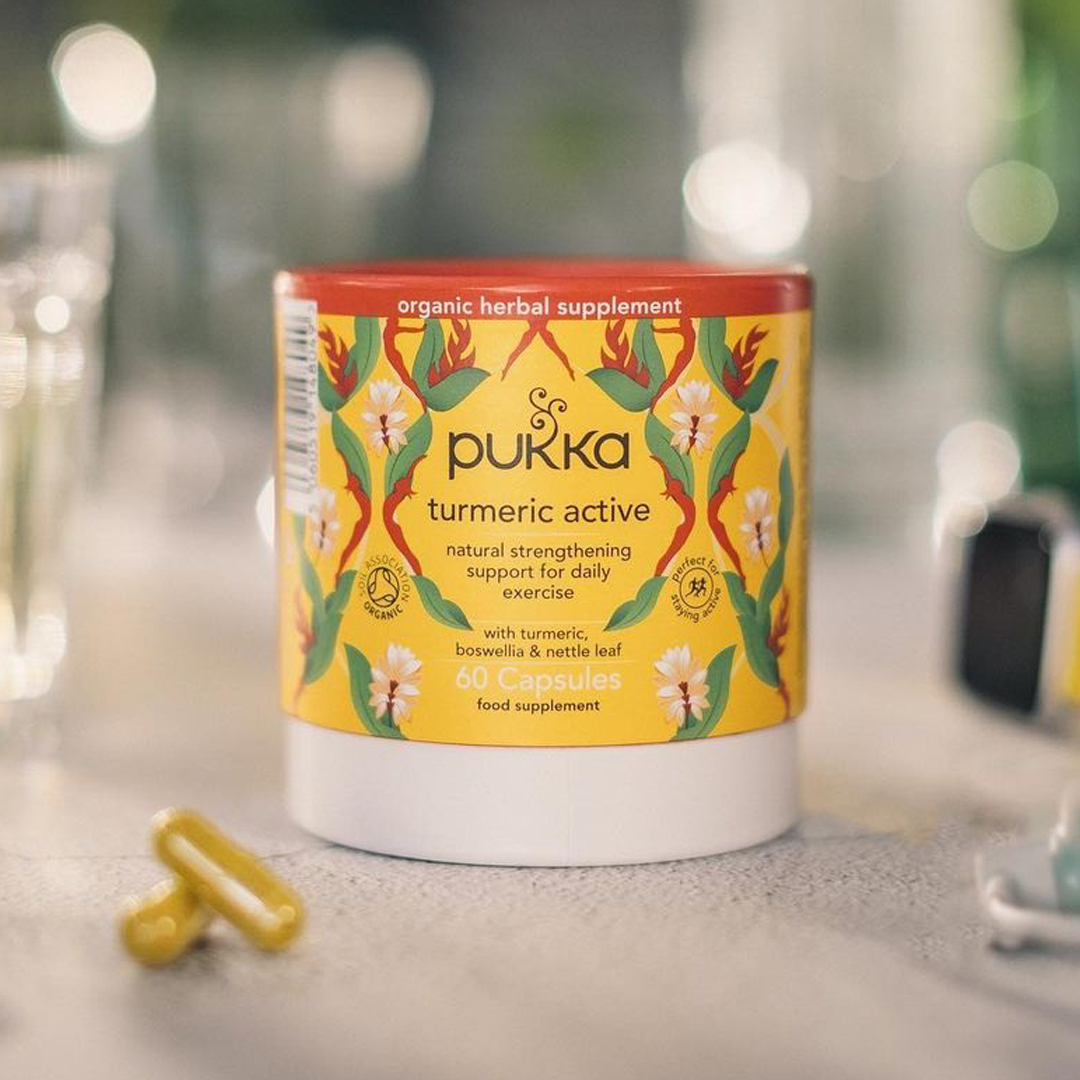Differences Among Recyclable, Biodegradable, and Compostable Packaging
The recent conclusion of a widely-watched BBC documentary showcased poignant images of marine life grappling with the consequences of plastic contamination. This has sparked heightened awareness of the environmental impact of human activities, with packaging waste emerging as a significant contributor to the issue.
A fresh investigation by Waitrose and Partners reveals a notable shift in consumer behavior, indicating that 88% of viewers have altered their plastic usage habits after watching the documentary. The surge in plastic-related inquiries on the company's Twitter account, recording an astounding 800% increase within six months post-documentary, underscores a growing concern among consumers for environmental issues.
In response to this rising awareness, more businesses are seeking sustainable packaging solutions. Terms such as recyclable, compostable, and biodegradable are frequently employed in discussions about environmentally friendly packaging. However, despite their common usage, these terms signify distinct processes.
Here, we provide a concise overview of each term to facilitate a clear understanding of their respective meanings.
1. RecyclablePackaging
Recycling involves the transformation of used materials into new products, diverting them from landfills. However, certain materials, like standard plastics and paper, have limited recyclability, while others, such as glass, metal, and aluminum, can be recycled indefinitely. Customers find recycling paper straightforward, but with plastics, especially given the seven different types of plastic packaging, complexities arise. A study by eco-cleaning brand Ecover indicates that while two-thirds of British consumers recycle diligently, 37% admit uncertainty about the recyclability of a product's packaging. Clearer recycling information on packaging and a shift to reusable packaging options are suggested strategies.
2. Biodegradable Packaging
A biodegradable substance can naturally break down through microbial action, such as bacteria and fungi, under specific conditions like temperature and humidity. However, the term lacks a specific timeframe for decomposition. While many products are technically biodegradable, some may take years to break down. Biodegradable plastics, for instance, require specific conditions for proper decomposition and may emit harmful greenhouse gases in landfills. Despite decomposing faster than traditional plastics, they can still pose environmental risks.
3. Compostable Packaging
Compostable products, crafted from natural materials like starch, decompose entirely into compost without generating toxic residue. Compliance with the European Standard EN 13432 is essential for products to be classified as compostable. Composting usually occurs in industrial facilities, making compostable products unsuitable for home composting unless labeled as Home Compostable. Notably, compostable and biodegradable plastics are currently not recyclable, posing a challenge to standard recycling processes. Ongoing technological advancements aim to create compostable solutions that are also recyclable.
In Conclusion
The ongoing debate regarding the environmental superiority of recyclable, biodegradable, or compostable packaging lacks a singular answer. Each solution carries its own advantages and limitations, marking a positive stride towards adopting more sustainable alternatives to conventional packaging.
 English
English Español
Español Português
Português Pусский
Pусский Français
Français Deutsch
Deutsch 日本語
日本語 한국어
한국어 Italiano
Italiano عربى
عربى


